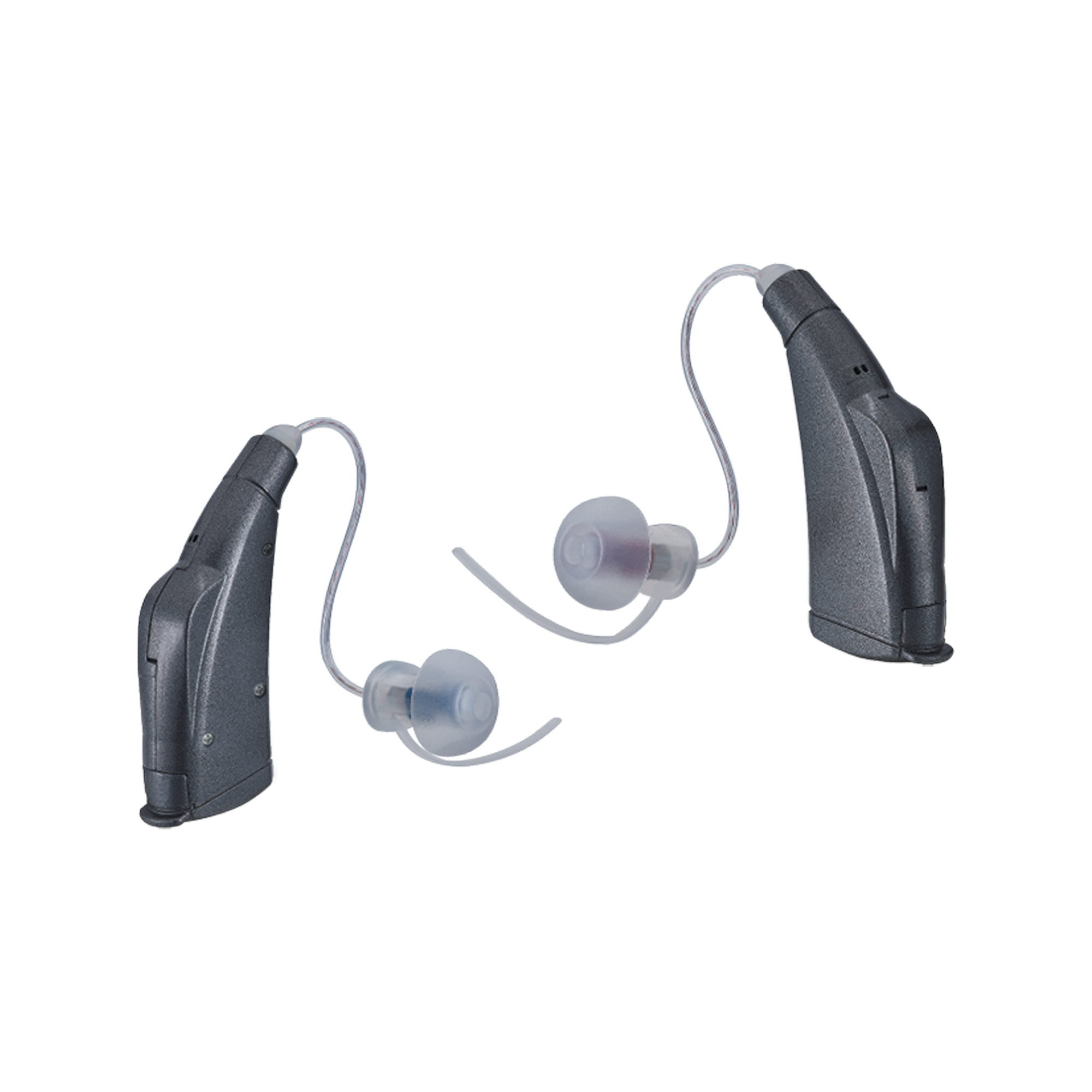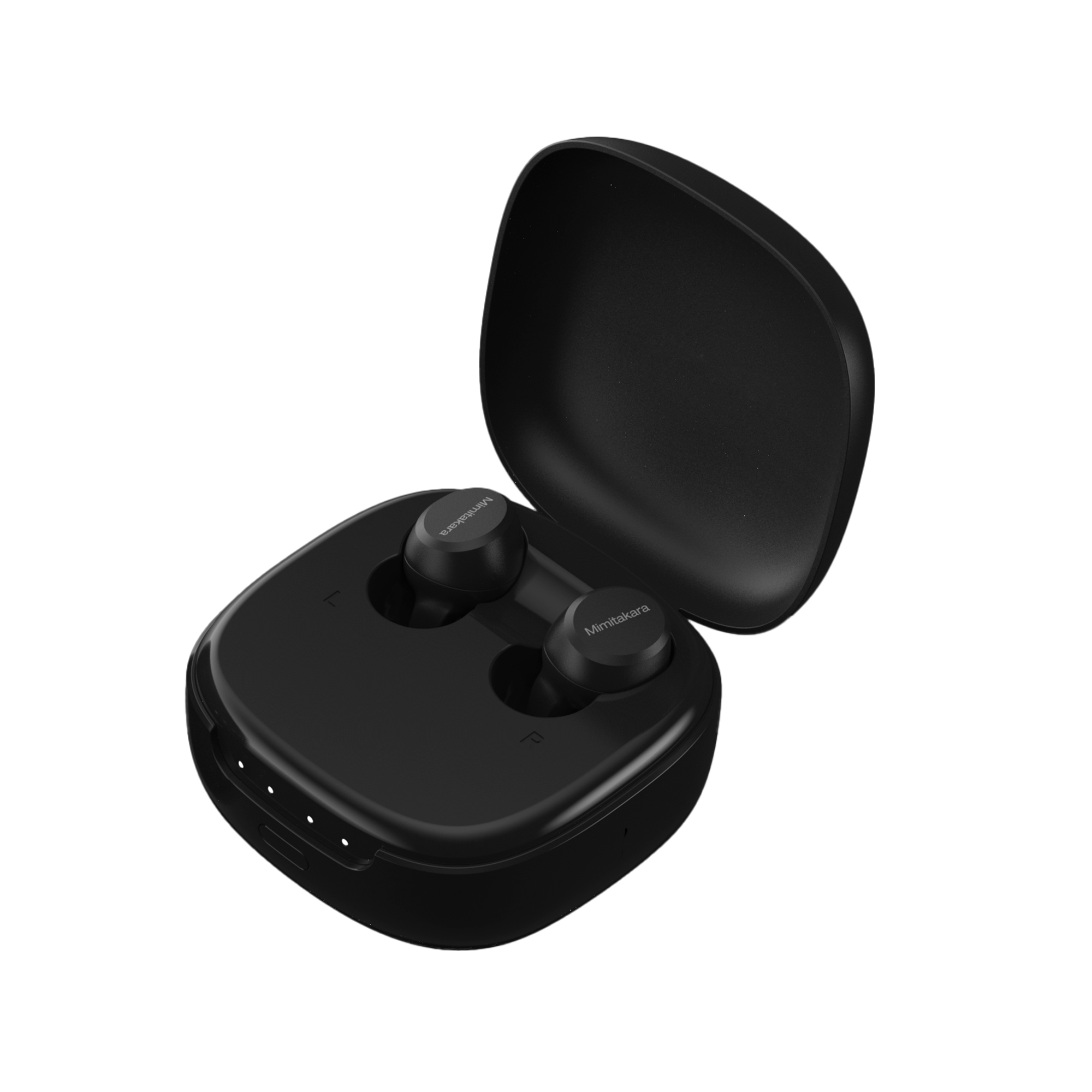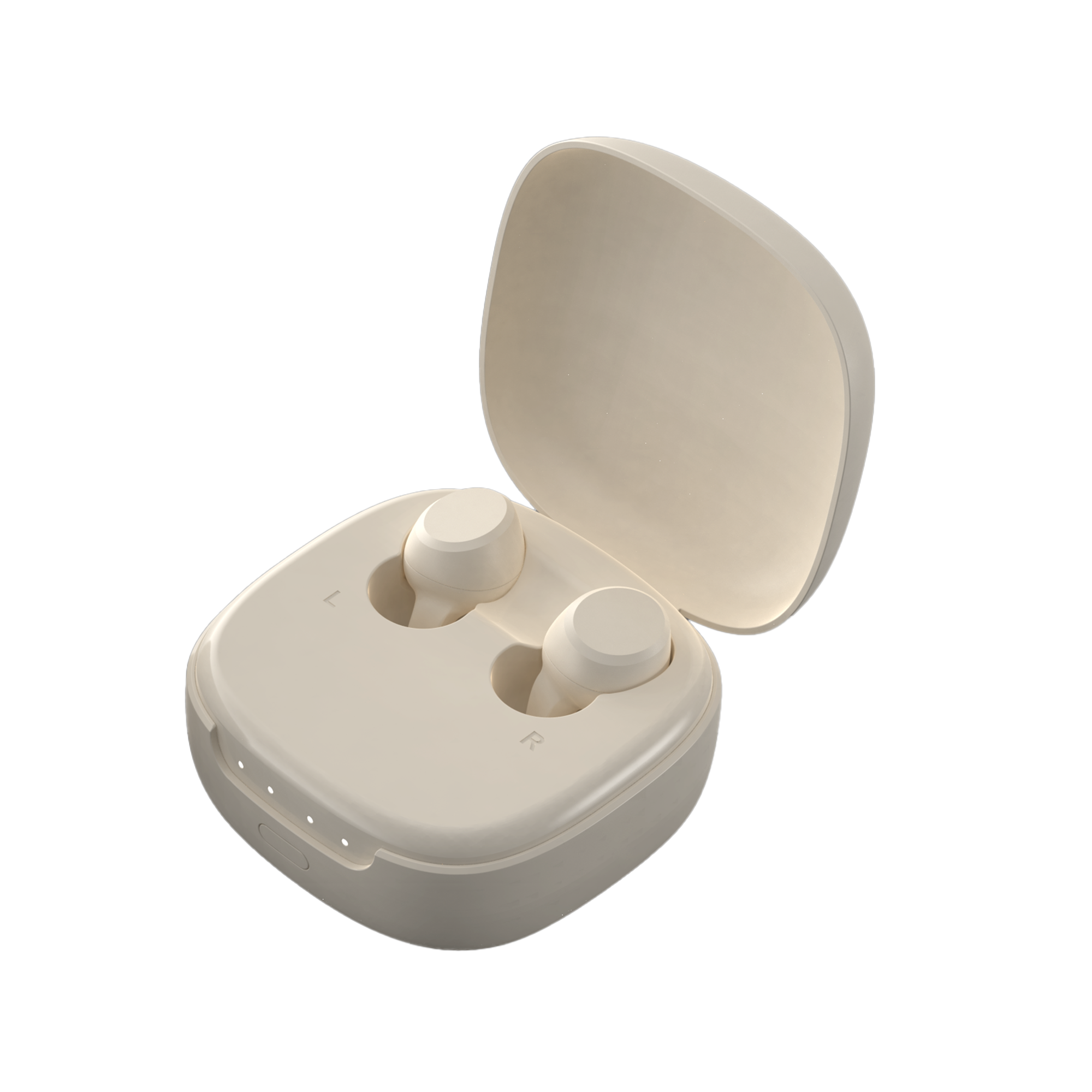Introduction
Hearing aids have come a long way from the bulky, conspicuous devices of the past. Today, there is a wide range of hearing aid styles and types, each tailored to meet the unique needs and preferences of individuals with hearing loss. In this article, we'll explore the diverse world of hearing aids, highlighting the various styles and technologies available to help people regain their hearing and improve their quality of life.
Behind-the-Ear (BTE) Hearing Aids
Behind-the-ear hearing aids are one of the most common and recognizable types. They consist of a small, curved casing worn behind the ear that houses the electronics. A tube or wire connects the BTE hearing aid to a custom-made earmold or a standard ear tip placed inside the ear canal. BTE hearing aids are suitable for various levels of hearing loss and offer features like Bluetooth connectivity and directional microphones.
In-the-Ear (ITE) Hearing Aids
ITE hearing aids are custom-made to fit inside the ear, filling either the entire concha (the bowl-shaped portion) or the lower part of the ear. These devices are more discreet than BTE hearing aids and are available in various sizes, including full-shell, half-shell, and in-the-canal (ITC) models. ITE hearing aids are often preferred for their comfort and cosmetically pleasing appearance.
In-the-Canal (ITC) Hearing Aids
ITC hearing aids are smaller and more discreet than ITE models, fitting deeper into the ear canal. They are custom-molded to sit comfortably within the ear canal, making them nearly invisible to others. ITC hearing aids are suitable for individuals with mild to moderate hearing loss and offer natural sound quality.
Completely-in-the-Canal (CIC) Hearing Aids
CIC hearing aids are the smallest and most inconspicuous of all hearing aid types. These devices fit entirely within the ear canal, leaving only a small removal handle visible. CIC hearing aids are designed for mild to moderate hearing loss and are appreciated for their discreet appearance.
Receiver-in-Canal (RIC) or Receiver-in-the-Ear (RITE) Hearing Aids
RIC or RITE hearing aids are similar in appearance to BTE devices but with a twist. The speaker (receiver) is placed in the ear canal, while the rest of the electronics remain behind the ear. This design allows for a more open and comfortable fit, as well as improved sound quality and reduced feedback.
Invisible-in-the-Canal (IIC) Hearing Aids
IIC hearing aids are the most discreet hearing aids available, fitting deep within the ear canal. Only a tiny transparent removal handle is visible. These devices are custom-made for the individual's ear canal shape and are suitable for mild to moderate hearing loss.
Bone Conduction Hearing Aids
Bone conduction hearing aids work differently than traditional air-conduction aids. They transmit sound vibrations directly through the bones of the skull to the inner ear, bypassing the outer and middle ear. These aids are often used for individuals with conductive hearing loss or single-sided deafness.
Cochlear Implants
Cochlear implants are surgically implanted devices designed for individuals with severe to profound hearing loss. These implants bypass damaged parts of the inner ear and stimulate the auditory nerve directly, providing a sense of sound. Cochlear implants are a transformative solution for those who do not benefit from conventional hearing aids.
Pocket Hearing Aids
Pocket hearing aids offer discreet and portable hearing assistance, ideal for mild to moderate hearing loss. Despite their small size, they boast advanced features and affordability, providing users with convenience and reliable performance on the go.
Conclusion
In conclusion, the world of hearing aids offers a plethora of options to cater to the diverse needs and preferences of individuals with hearing loss. From discreet in-the-ear models to powerful behind-the-ear devices, and from traditional air-conduction aids to cutting-edge cochlear implants, there's a hearing solution for nearly everyone. If you or a loved one is considering hearing aids, consider our selection at Mimitakara and improve your hearing today!










